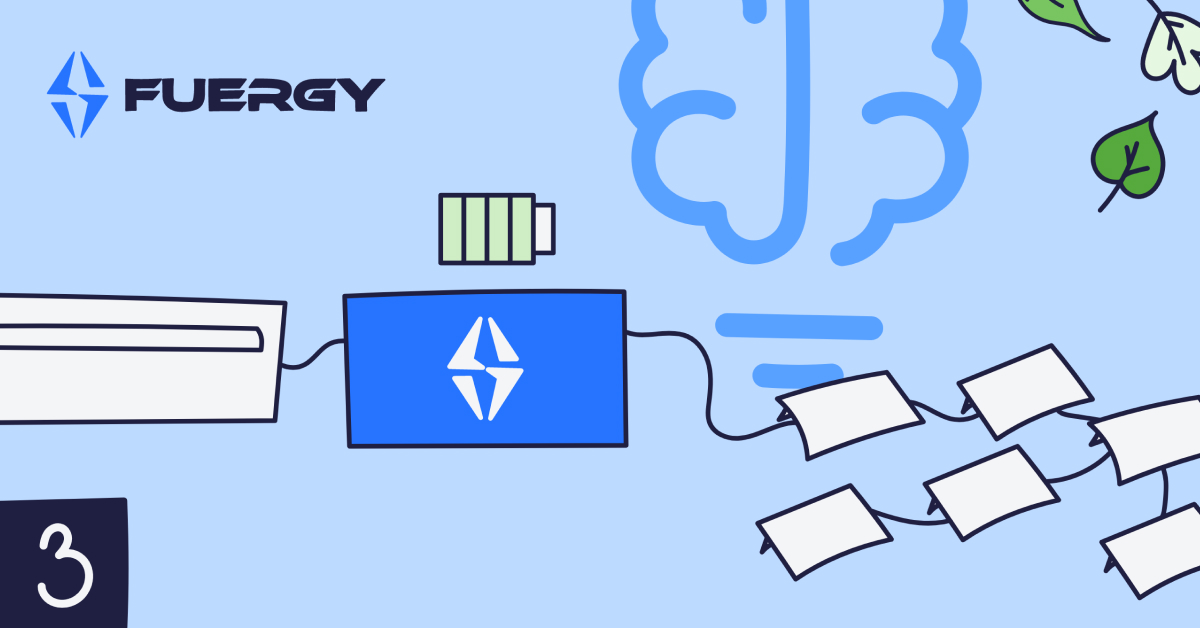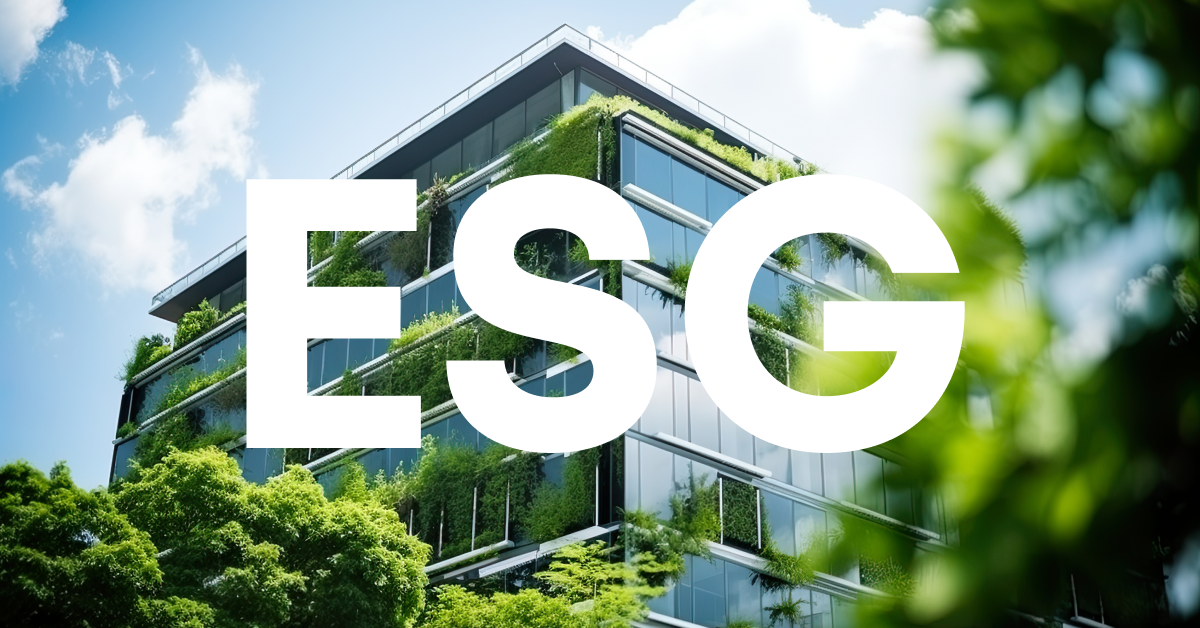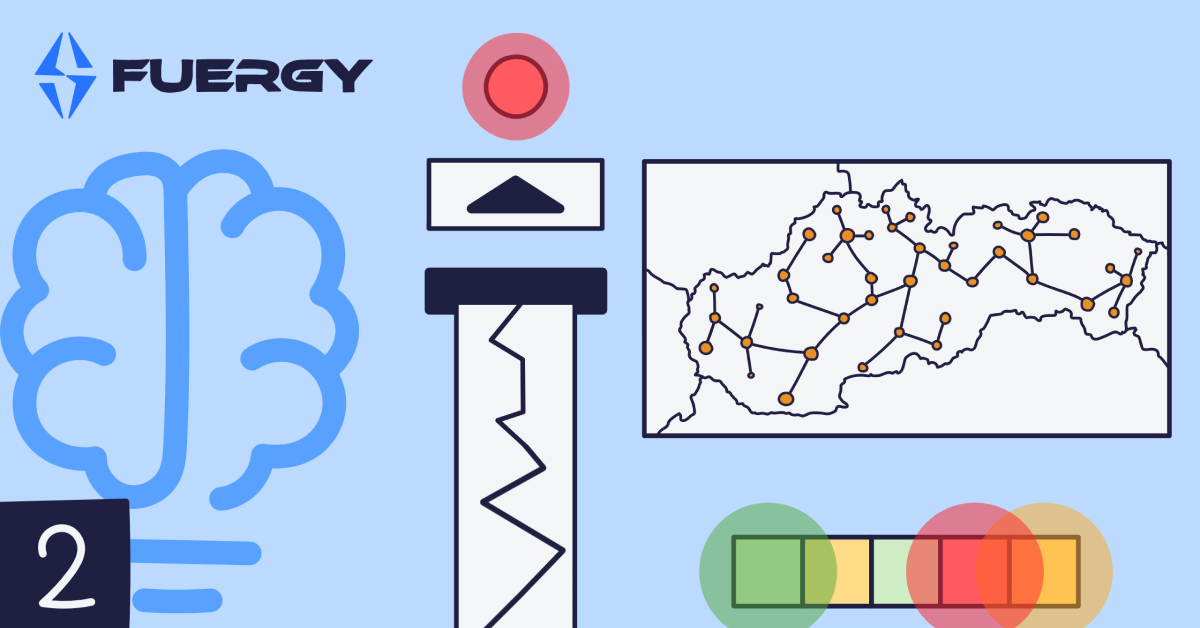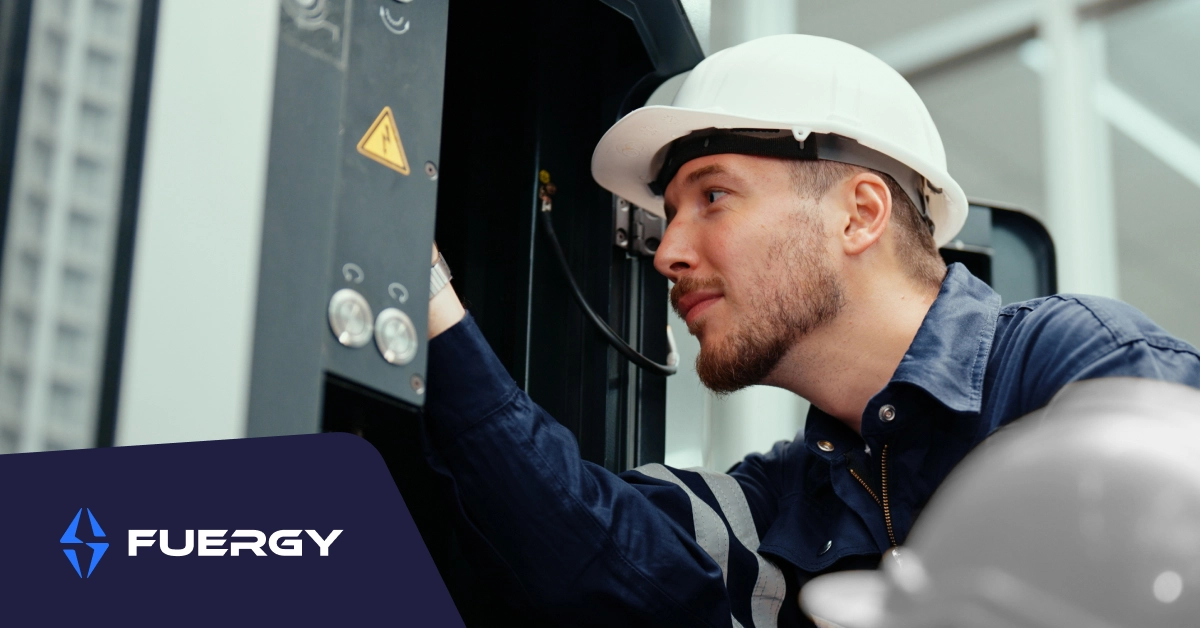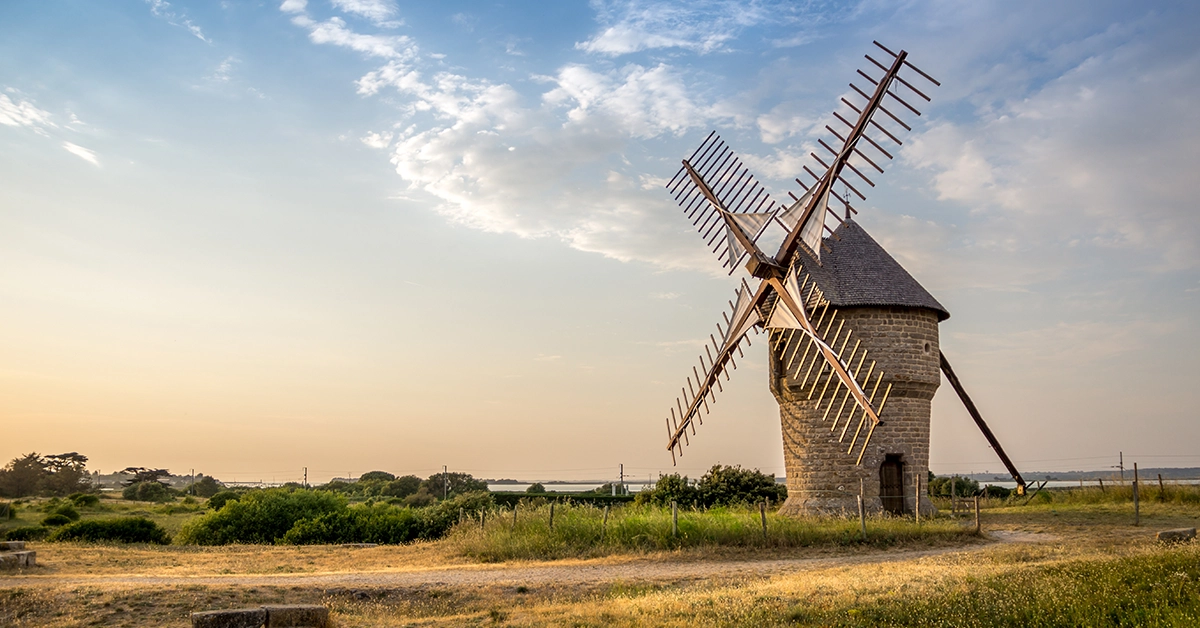
The windmill is another device that utilizes wind energy and is still in use today. Since their invention in the 9th century AD, windmills became the most commonly found form of wind energy utilization as they could be used for a variety of purposes, including grain grinding, wood-cutting, land reclamation, irrigation, saltwater pumping or even heating. The windmill is usually housed within a building that utilizes the wind to create rotational energy. Ancient windmills are the direct ancestors of today’s modern wind turbines.
The first electricity-generating wind turbine was built in Scotland in July 1887 by James Blyth, a notable Scottish engineer who built the prototypical device to power his holiday home in the village of Marykirk. Across the Atlantic, a larger turbine was built between 1887-1888 by Charles F. Brush. Brush and his engineering company built the large turbine at his estate and it provided power for his house and several devices in his lab.
The first truly practical use of a wind turbine occurred in Denmark, where the inventor Poul la Cour built a wind turbine that was later converted into a power station that supplied energy to the village of Askov as well as the local school.
Windmills were extensively used to produce energy in sparsely-populated regions where villages and towns lacked access to public power grids. It is estimated that some 6 million small wind turbines were installed in the American Midwest in the latter half of the 19th century. The popularity of wind electricity took a hit in the early 20th century as power grids expanded and more homes could access electricity from a central source (usually a coal-fired or hydroelectric power plant).
Denmark arose as a pioneering nation in the field of wind energy. The wind-whipped Scandinavian country does not have powerful rivers for hydroelectricity like its northern neighbors. Denmark is largely flat and has plenty of coastlines, which makes it an ideal setting for wind power. Asides from the trailblazing la Cour, Johannes Juul was another important figure in the development of wind energy. In 1957, he installed a large three-bladed wind turbine at Gedser, which ran from 1957 until 1967. This was a horizontal-axis, upwind, stall-regulated turbine similar to the modern form that many of you are familiar with.
Wind energy in Denmark, like in the rest of the world, entered a period of disinterest as coal-fired power plants were deemed more energy-efficient. It wasn’t until the oil shocks of the 1970s and the subsequent push for greater energy independence that the Danish government revisited the concept of wind power. Renewable energy became the primary focus for Denmark, and the wind was given special consideration due to its relative abundance.
The 1970s marked the beginning of modern wind power focused solely on generating green energy. In our next article in this 3-part series, we will cover the early years of the modern wind power industry. Until then, we invite you to subscribe to our newsletter or follow us on social media. FUERGY is here today and brings a unique, AI-powered solution improving the energy efficiency of the existing power grid while reaching the full potential of renewable energy sources.
We are living in the future of energy. Are you?
Sources:
eia.gov/energyexplained/index.php
citeseerx.ist.psu.edu/viewdoc/download
theguardian.com/environment/2008/oct/17/wind-power-renewable-energy
energy.gov/eere/wind/history-us-wind-energy

